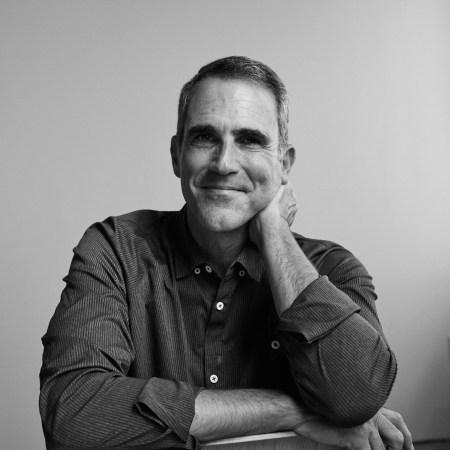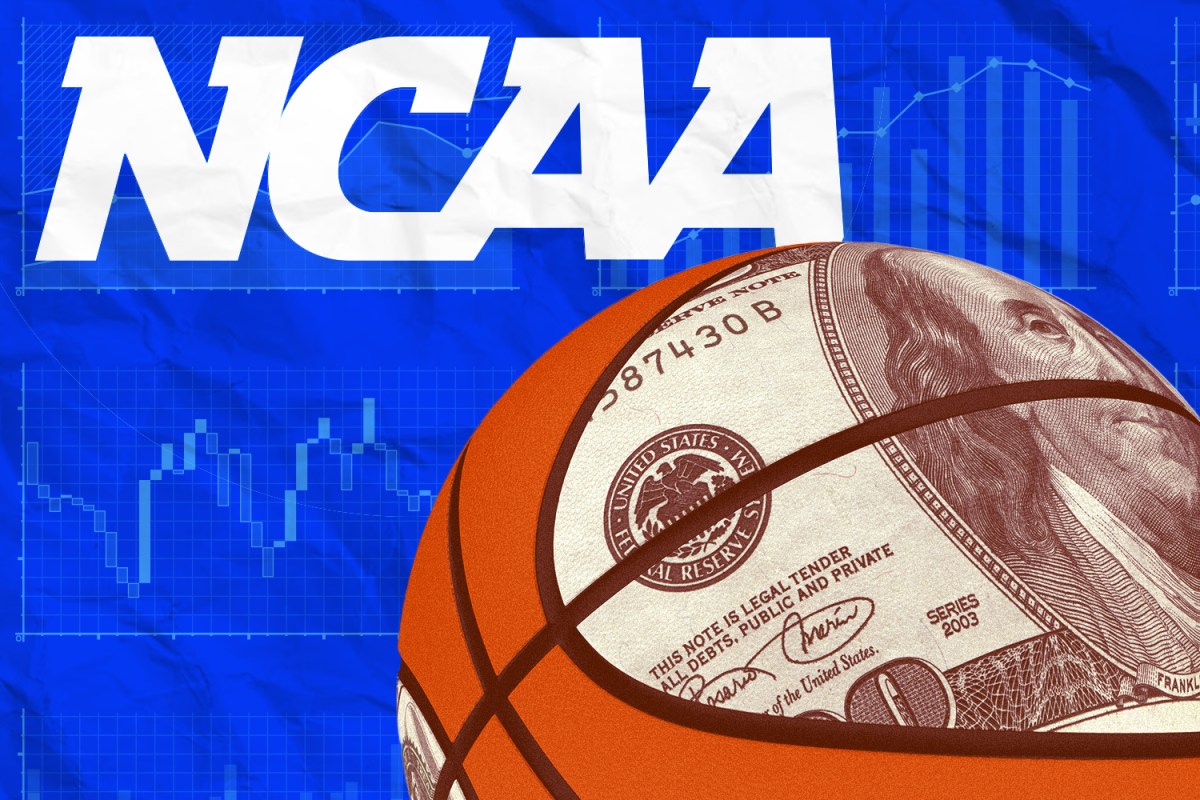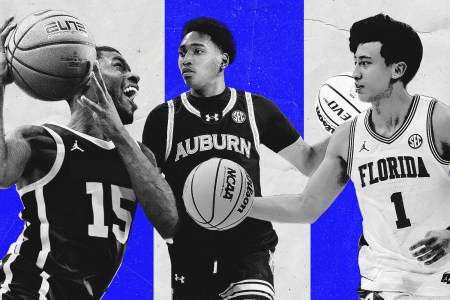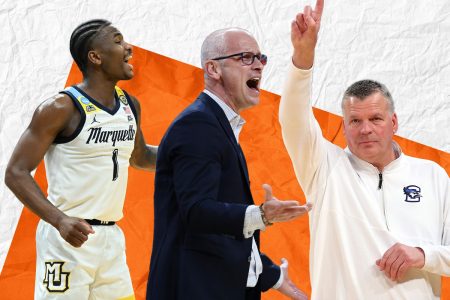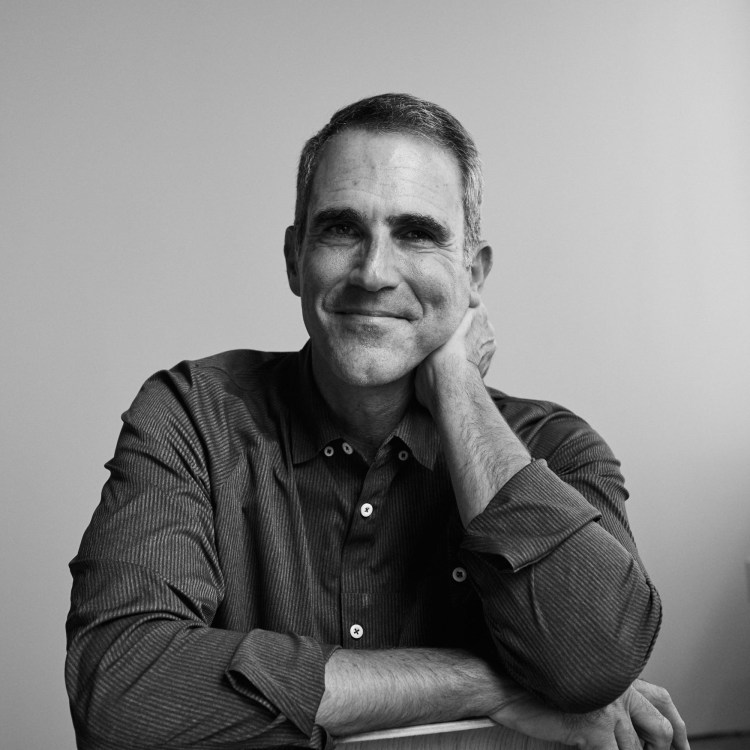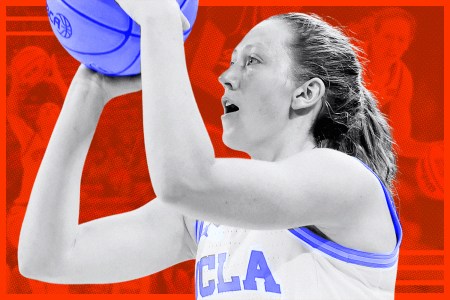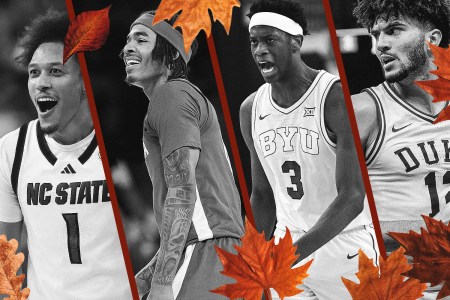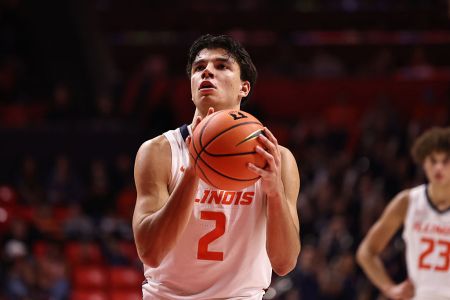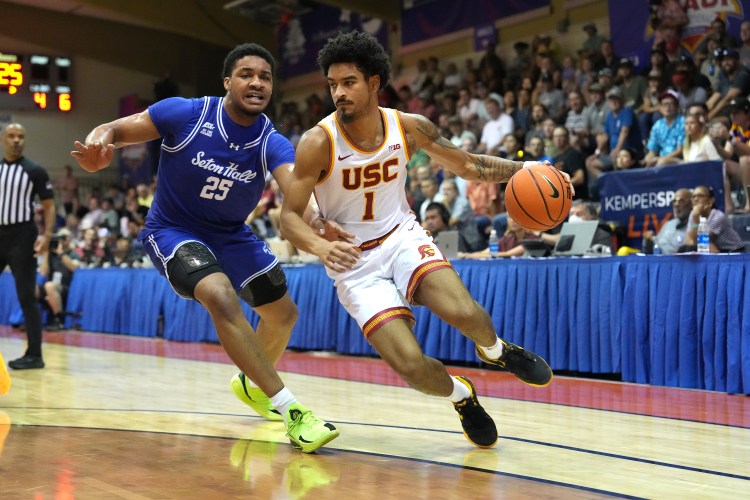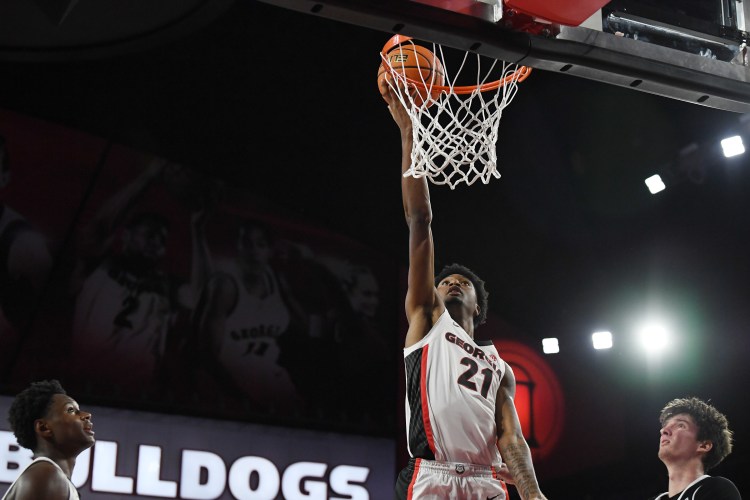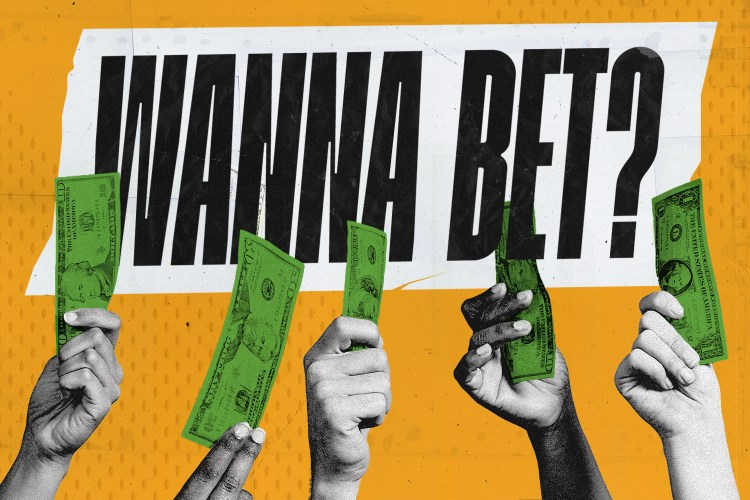Well that didn’t take long, did it?
We are barely a fortnight into the post-House, revenue-sharing, NIL-Go era, and already the knives are out. The parties that negotiated the landmark House v. NCAA settlement are at loggerheads once again over the definition of the word “valid.” Coaches and athletic directors are wringing their hands over what they describe as a lack of structure and direction. The guidance that has been issued only stirred more confusion and outrage. A solution from Congress is still not materializing, and might not to hold up to legal challenges even if it does. Ditto for the executive order that could be forthcoming from President Trump. Meanwhile, players are consummating NIL deals under significant uncertainty, legal challenges are mounting, and the age-old debate over employment and unionization is heating up anew.
Are we having fun yet?
Some disarray was to be expected given the massive changes that went into effect on July 1, but the new paradigm has significant problems that are bound to linger. The cross-fire flared up last Thursday when the College Sports Commission, the agency that was formed to govern the new rules, sent a letter to all Division I athletic directors informing them that fundraising events run by NIL collectives did not meet the threshold of a “valid business purpose” for third-party payments as described in NCAA Rule 22.1.3. According to the CSC’s guidance, a VBP (get used to that acronym) must include providing “goods or services to the general public for profit.” An event that is specifically designed to raise money for an NIL collective — a golf tournament, in the CSC’s example —does not meet this requirement because it involves collectives “simply receiving donations and paying athletes for play.”
That assertion was met with intense blowback from the plaintiffs’ attorneys in the House case, Steve Berman and Jeffrey Kessler. They sent a letter to the NCAA’s outside counsel declaring that the guidance regarding the VBP showed the CSC had gone “off the reservation and issue(d) directions to the schools that are not consistent with Settle Agreement terms.” The letter, which was first obtained by Yahoo! Sports, went on to say that if the CSC did not retract its statement, the lawyers would take the matter to Judge Nathaneal Cousins, the magistrate who was appointed by Judge Claudia Wilken to settle disputes. The CSC subsequently issued a statement insisting that the guidance was “entirely consistent with the House settlement and the rules that have been agreed upon with class counsel.”
Reached by Hoops HQ, Kessler declined to address the specifics of the dispute, but he expressed confidence that the procedures put in place to adjudicate such disagreements will function as designed. “I don’t think it’s unusual, as a new, complex agreement gets implemented, for there to be some disagreements initially about what the words mean,” Kessler said. “Hopefully, things can all be worked out in a positive way.”
Vandy's Lethal Shooting, Lee's Struggles at Florida and More Hoop Thoughts
North Carolina and Arkansas benefited from breakout performances, and why Alabama is still the team to beat in the SEC
The question of how and whether collectives can do business has been one of the biggest unknowns of this transition. Collectives have been in existence since the summer of 2021, when the NCAA modified its rules governing Name, Image and Likeness following the U.S. Supreme Court’s unanimous decision in the NCAA v. Alston case. But this is the first time those collectives are being regulated, and it could lead to a drastic drop off in athlete compensation. Per the terms of the settlement, all NIL deals worth $600 or more must be cleared by Deloitte, which is processing the contracts through its NIL Go app, and meet the VBP criteria. In its letter to the athletic directors, the CSC said that it had approved more than 1,500 NIL deals since the middle of June, with just 80 denied.
No doubt there will many more flare-ups to come, not to mention a host of legal challenges which are already piling up. That’s why the NCAA has lobbied Congress so hard for a federal law that would give the NCAA antitrust protection plus the ability to enforce rules. That process had been held up by the wait for the House settlement, but in recent weeks the SCORE Act (that stands for Student Compensation and Opportunity through Rights and Endorsements) has gone through markups in the relevant committees and is making its way to the House floor. Like most everything happening in Congress these days, the bill’s support falls along party lines: Republicans like it, Democrats don’t. That might not be a huge problem in the House, where it only takes a majority to pass, but the bill would have to clear a 60-vote filibuster margin in the Senate.
Opponents of the SCORE Act got a major boost on Monday when the players associations from the NFL, NBA, MLB, NHL and MLS released a joint statement arguing that the bill would unfairly give the NCAA the ability to unilaterally set compensation limits. The unions pointed out that only two industries in the United States have an antitrust exemption, railroads and Major League Baseball, which has a partial exemption.
With Revenue Sharing on the Way, Is the Big East Sitting Pretty?
The iconic conference has long suffered due to a lack of big-time football. But in the revenue sharing era, that could provide Big East basketball teams with a competitive edge.
The rocky start to the revenue sharing era has fueled the argument that college athletes should be allowed to become employees, form a union and negotiate a collective bargaining agreement. That, however, is extremely unlikely. The last serious effort by college athletes to unionize came in 2015, when Northwestern football players took their case to the National Labor Relations Board. The NLRB decided that it did not have jurisdiction over state-run colleges and dismissed the petition. Dartmouth’s men’s basketball team took up a similar effort in 2024 but withdrew it. Two other petitions were also withdrawn after the inauguration of President Trump, whose administration is anti-union. “The issue of unionization will not even come up again until there’s a new administration,” Kessler said. “So we’re looking at least three years down the road.”
While many people have argued for the formation of the union as a way to help the players, Scott Schneider, an employment and education attorney based in Austin, argues that it’s actually in their interest to let things play out. “I have no doubt that there are reasons why management might want this to be the solution to their problems, but you can’t force a union upon laborers,” Schneider told Hoops HQ. “In this current environment, the players have enormous amounts of leverage. You don’t get drafted by any school. You can leave every year. You can negotiate deals with a variety of institutions at the same time. And they have potential antitrust protections, which you wouldn’t have in a collective bargaining environment. So if I’m a student-athlete, I’m thinking, I like antitrust.”
There’s not a whole lot to like about the current environment in college sports, but the parties have no choice but to slog through the chaos, confusion and conflict. There may come a day when things become orderly and clear, but right now that feels like a long way off.
